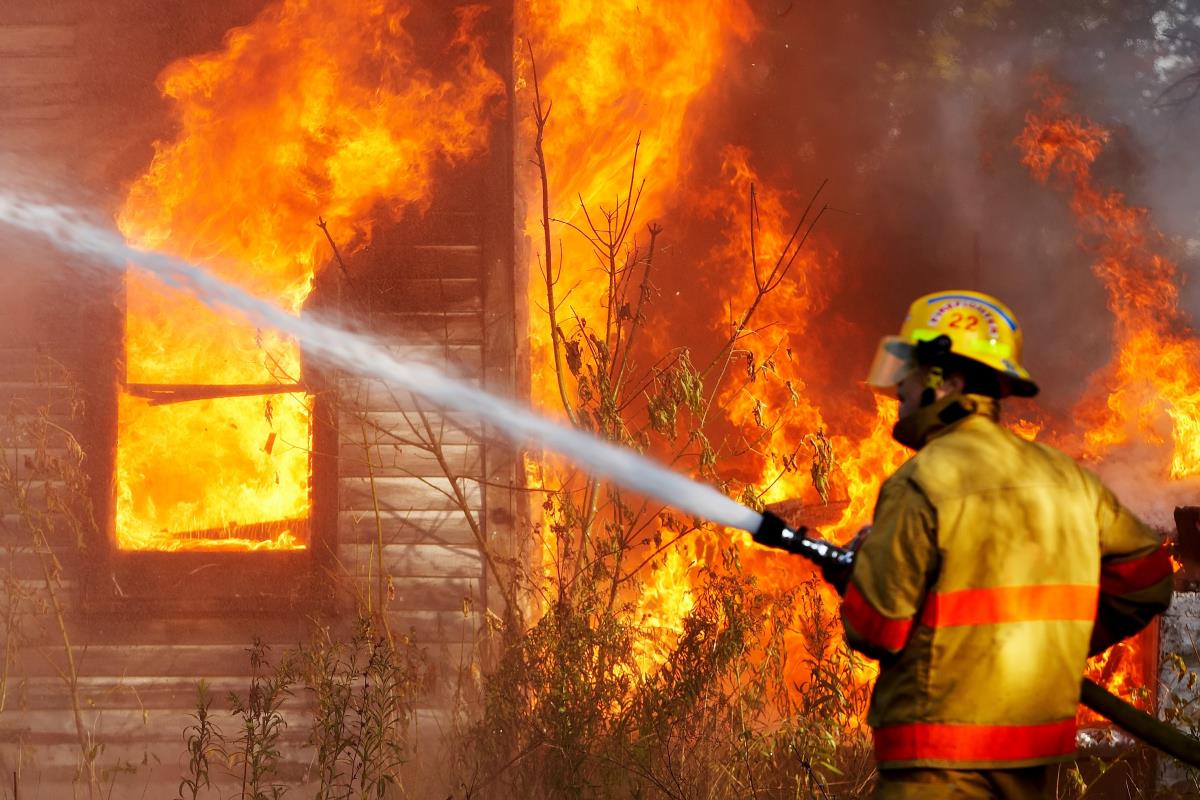
The team detected 47 different flame retardant chemicals in total. Forty one percent of the dorm rooms had incredibly high levels of TDCIPP -- a classified carcinogen. The studied dorm rooms also exhibited alarming levels of TCEP, another carcinogenic chemical. Researchers noted that TCEP levels were higher in dorm rooms rather than in common spaces because the former tended to be heavily furnished with items that are treated with flame retardants. TCIPP, which is similar to TDCIPP, was seen to be the flame retardant with the highest levels. TCIPP is used as a replacement for a class of flame retardants (PBDEs) which were phased out in 2005 due to studied health risks. While they are lacking evidence that associates TCIPP with cancer, health experts have warned that the flame retardant is laden with toxic chemicals that can negatively impact health. Yet perhaps the most shocking discovery of the study was the levels of two brominated flame retardants found in the house dust. BDE 209 and BDE 47 were nine and five times higher, respectively, than what has been previously documented over the last 10 years.
Researchers also found that one of the schools followed a more strict policy for flammability; meaning that the school required their furniture to use more flame retardants. Consequently, flame retardant levels in these dust samples were significantly higher. Dodson concludes, “Our study shows that standards matter. They impact people’s exposures, which can have significant impacts on their health. The good news is, due to recent changes in flammability standards, institutions can now choose to follow a healthier standard that doesn’t require the use of flame retardants without compromising fire safety.”
Co-author of the study, Kathryn Rodgers concurred, “There are other effective and non-toxic methods such as sprinkler systems, smoke detectors, smolder-resistant furniture, and smoking bans.” Dodson and the rest of the team have stated that the goal of their research is to encourage educational institutions to switch to flame retardant-free furnishings. This would impact the nearly three million college students in the U.S. who are currently living in dormitories.
As this initiative is being pushed, parents can take steps to minimize their children’s exposure at school. This can include simple things such as helping them stock up on dorm room supplies with upholstered products labelled as “flame retardant-free.” Students should also opt for pillows and bedding that are made from 100 percent polyester, cotton, and down, and to avoid “egg crate” foam mattress pads. Dodson recommended regular vacuuming.
A spokesperson from the American Chemistry Council, Bryan Goodman stated in a separate article on NewsWeek.com that the chemicals mentioned in this study have already been phased out. Furthermore, the quantities of the flame retardant compounds found in the study were at “far lower” levels than what have been observed in various toxicological studies in animal research. He stressed the need for flame retardant use in furniture to meet flammability standards set by the manufacturers.
Sources include:
Please contact us for more information.























